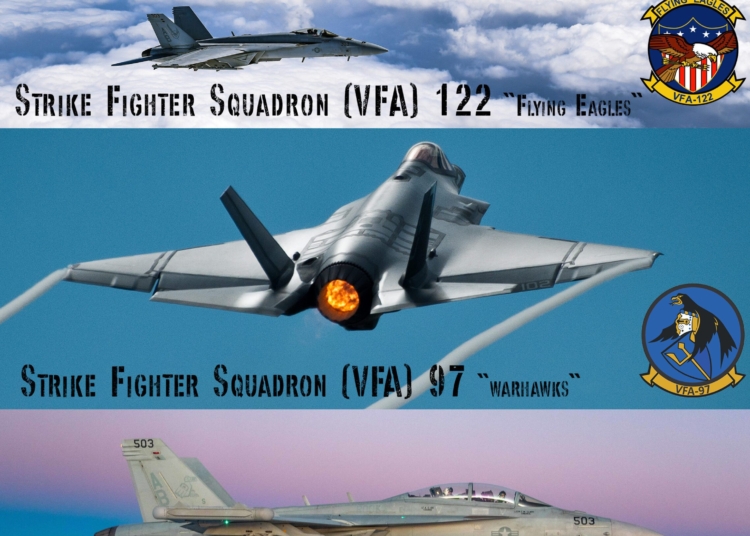Naval aviation has been a crucial component of modern warfare, providing support to naval fleets and conducting air operations at sea. This article explores the history, capabilities, and integration of naval aviation with naval fleets, as well as its role in modern warfare. Naval aviation has evolved to become a formidable force, capable of conducting precision strikes and gathering vital intelligence. However, it also faces challenges such as emerging threats and the need for future developments in technology. Despite these challenges, naval air power remains an indispensable part of modern warfare and will continue to evolve to meet the challenges of future conflicts.
Naval Air Power: The Role of Naval Aviation in Modern Warfare
Naval aviation has played a crucial role in modern warfare, providing support to naval fleets and conducting air operations at sea. With the advancement of technology and the changing nature of warfare, naval air power has become an integral part of military strategy.
History of Naval Aviation
Naval aviation dates back to the early 20th century, with the first successful aircraft carrier landing taking place in 1911. Since then, naval aviation has evolved to become a formidable force, capable of delivering precision strikes and conducting intelligence, surveillance, and reconnaissance (ISR) missions.
Capabilities of Naval Aviation
Naval aviation provides several key capabilities to modern warfare. These include the ability to conduct aerial combat and support naval fleets with air-to-air and air-to-surface missions. Naval aircraft are also equipped with advanced ISR capabilities, allowing them to gather crucial information about enemy movements and activities. Furthermore, naval aviation can provide air support for amphibious operations and conduct anti-submarine warfare.
Integration with Naval Fleets
Naval aviation is closely integrated with naval fleets, providing them with air cover and strike capabilities. Aircraft carriers serve as mobile air bases, allowing naval aviation to project power across the seas. Carrier-based aircraft are capable of conducting long-range strikes and defending the fleet against aerial and surface threats.
Role in Modern Warfare
In modern warfare, naval aviation plays a crucial role in power projection and force protection. Its ability to conduct precision strikes and gather valuable intelligence makes it a vital component of military operations. Naval air power also provides a deterrent against potential adversaries, showcasing the reach and capabilities of naval forces.
Challenges and Future Developments
Naval aviation faces several challenges, including the need to adapt to emerging threats such as advanced anti-aircraft systems and stealth technology. Future developments in naval aviation will focus on improving aircraft capabilities, integrating unmanned aerial systems, and enhancing interoperability with other military branches and allies.
Conclusion
Naval air power has become an indispensable part of modern warfare, providing crucial support to naval fleets and conducting a wide range of missions at sea. Its capabilities and integration with naval forces make it a formidable force in military operations. As technology continues to advance, naval aviation will continue to evolve to meet the challenges of future conflicts.












